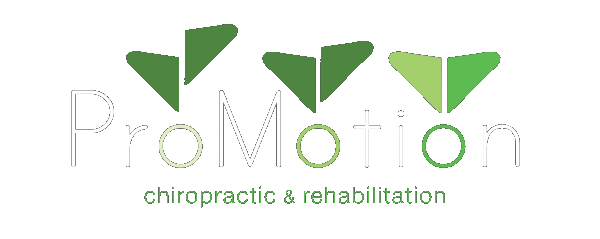Hurt doesn’t always mean harm. “Hurt” is a protective mechanism produced by the brain to warn us when we are in danger. “Harm” we will define as disease or bodily tissue damage. We typically assume if we experience pain we have injured our bodies and, vice versa, if we see an injury we expect to feel some pain. However, this is often not the case. For instance, the lifetime prevalence of lower back pain (LBP) is reported to be as high as 84% (1). That means that as much as 84% of the population will experience lower back pain at one point in their life. Imaging findings are weakly related to LBP symptoms. In one cross-sectional study of asymptomatic persons aged 60 years or older, 36% had a herniated disc, 21% had spinal stenosis, and more than 90% had a degenerated or bulging disc (2) .
Pain is normal and is what your brain judges to be threatening. Even in the presence of tissue damage, if your brain doesn’t determine it to be threatening you will not experience pain. In the exact same way, in the absence of any tissue damage, the brain may protect you (with pain) from what it judges to be dangerous. Non-specific lower back pain (NSLBP), back pain that has no identifiable pain generator, is a common example of this. Recurrent pain (say, months after an injury) doesn’t demand that there has been a reinjury of the tissue. It is often your brain recognizing familiar cues and signals from your body that it then judges to be threatening.
There are four “essential pain facts”. 1.) Pain protects us and promotes healing. It provides a “safety buffer” from going beyond tissue tolerance (i.e., burning yourself, getting a cut, tearing a ligaments or tendon) As soon as you have an injury, the “safety buffer” becomes much larger and so you experience pain with, perhaps, any movement. 2.) Persistent pain overprotects us and prevents recovery. Your brain and spinal cord “learn” to be more protective or hypersensitive so that the “safety buffer” remains very large. This must be treated very differently from an acute injury. The aim of treatment and therapy is to return the safety buffer towards normal 3.) Many factors influence pain. Pain can be influenced by psychological factors, such as stress, depression, and/or anxiety (3). Life circumstances (living situation, socio-economic status, etc) can affect your ability to deal with and treat pain upstream of an injury 4.) There are many ways to reduce pain and promote recovery. One effective way to reduce pain is to understand your pain and can help you identify how you can influence your own system.
If you suffer from pain, acute or chronic, and need help, please find a therapist who can help guide you through recovery. Also, enjoy the video below about pain and injury. Take care and be well.
Balagué F, Mannion AF, Pellisé F, Cedraschi C. Non-specific low back pain. Lancet. 2012 Feb 4;379(9814):482-91. doi: 10.1016/S0140-6736(11)60610-7. Epub 2011 Oct 6. PMID: 21982256.
Boden SD, Davis DO, Dina TS, Patronas NJ, Wiesel SW. Abnormal magnetic-resonance scans of the lumbar spine in asymptomatic subjects. A prospective investigation. J Bone Joint Surg Am. 1990 Mar;72(3):403-8. PMID: 2312537.
Besen E, Young AE, Shaw WS. Returning to work following low back pain: towards a model of individual psychosocial factors. J Occup Rehabil. 2015 Mar;25(1):25-37. doi: 10.1007/s10926-014-9522-9. PMID: 24846078; PMCID: PMC4333236.

